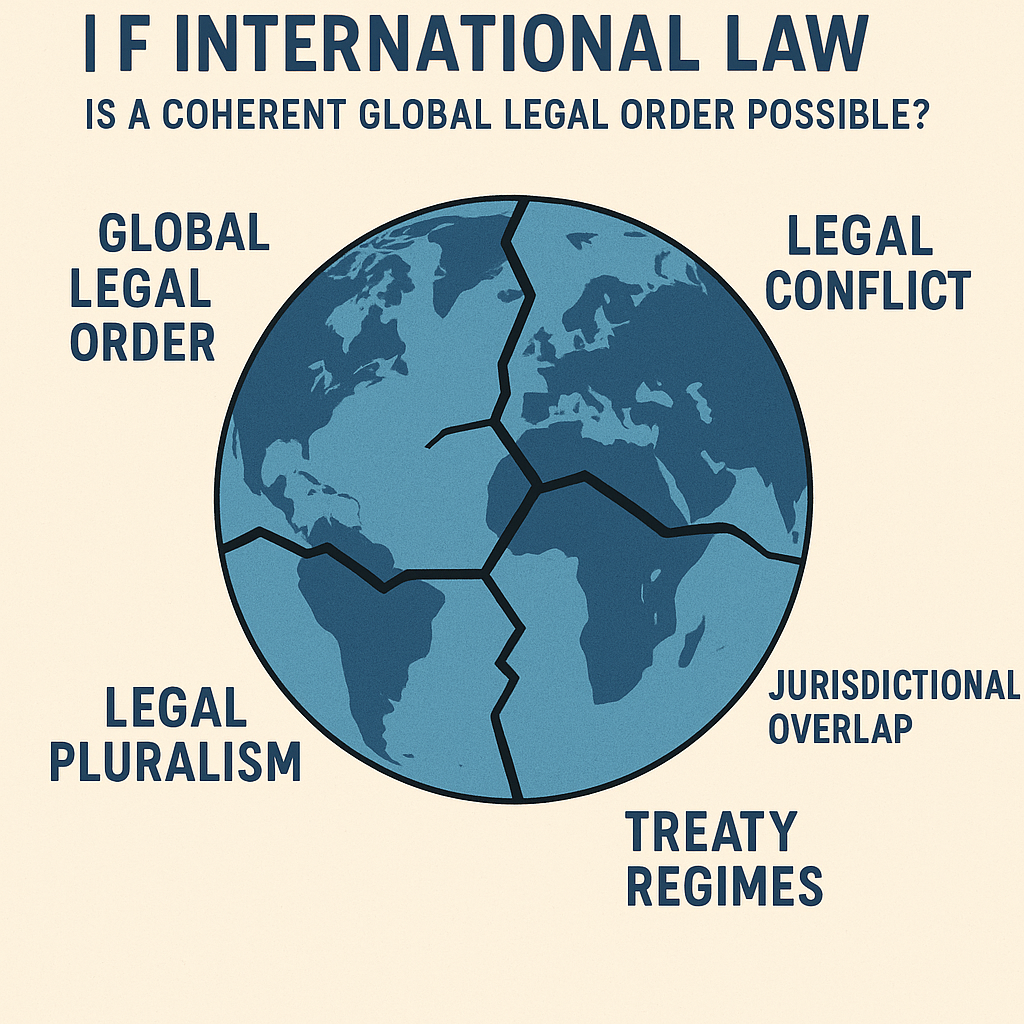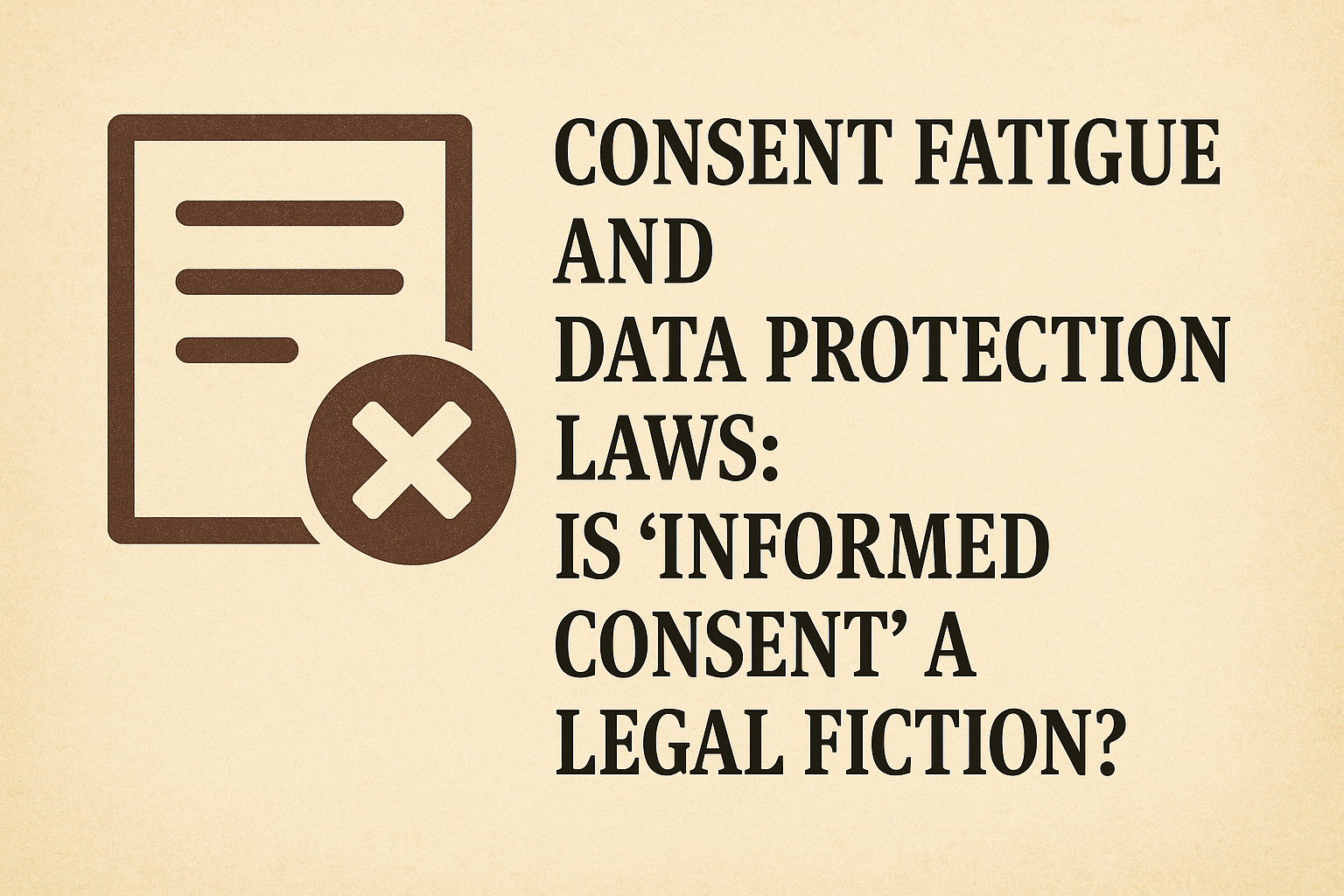The offences relating to marriage under IPC are:
Concealing the previous marriage before
subsequently getting wed Section 495 of IPC and section 82 of the BNS talks
about a ten-year incarceration period, with a fine, for a person who hides
their former marriage with someone they are getting married to. It is a
non-cognizable, Bailable offence, with the trial being carried out by first
class Magistrate. Concealing the previous marriage before subsequently getting
wed is one of the offences related to marriage.
Fraudulent conduction of a wedding ceremony
without a lawful, genuine marriage.
Section 496 of IPC and Section 83 of BNS provides for a jail term extending up to as long as seven years, along
with a fine, for anyone who dishonestly, clubbed with a fraudulent intention,
goes through the wedding ceremony, despite knowing that he is not thereby
lawfully married. Adultery.
Earlier, Section 497 gave way for a
jail term up to five years, with or without a fine, to a person who had sexual
intercourse with the wife of another man without the consent or connivance of
that man. If it was not rape, the man would be guilty of the offence of
adultery. Meanwhile, in such a case, the wife would not be punishable as an
abettor.
Though Adultery defined under section
498 of IPC has been removed from BNS, however sec.84 of BNS reintroduces
the offence directly by providing punishment to a man for enticing the wife of
another man so that she may have intercourse with any person.
It is important to note that
this law has since been decriminalised but continues to be strong grounds for
divorce. Hence, adultery is one of the offences related to marriage.
Enticing a married woman for illicit sexual relations.
Section 498 of the IPC provides for a two-year jail term, with or
without a fine, for anyone who takes conceals or detains or entices away, any
woman who is and whom he knows or has
reason to believe to be the wife of any other man, with the intent that she may
have illicit intercourse with any person.
The deceit and fraudulent intention should
exist at the time of the marriage.
The essential ingredients of Sections 493
of IPC or section 81 of BNS and 496 of IPC or 83 of BNS are as follows:
·
the accused must have deceived the
woman,
·
Consequently, she is led to believe that
she is lawfully married to him, though in reality, she is not.
Thereby, mens rea is an essential component
of both these sections. The words ‘deceit’, ‘dishonestly’ and ‘fraudulent
intention’ have been used in Sections 493 or 81 and 496 or 83 respectively.
This means that in both the sections while the man remains aware that they are
not married, the woman is cheated on by the man into believing the same to be
true.
Landmark Judgements
Subhransu Sekhar Samant ray v. The State
(2002)
In this case, the Orissa High Court ruled
that if the prosecutrix stated that she had resisted sexual relations with the
accused, but then submitted herself to his advances after he put vermillion on
her head and declared her as his wife and after he alleged that he would
publicly accept her status in his life after getting a job, this constituted an
offence under Section 493 of the IPC.
Alamgir v. State of Bihar (1958)
Alamgir v State of Bihar established
that if a man knowingly took away another man’s wife to have illicit
intercourse, intending to deprive the husband of his control over her, it would
constitute an offence within the meaning of Section 498.
Mohd. Hoshan vs. State of
A.P (2002)
In this case, the Supreme Court concluded that the issue
of cruelty by one person to another was a subjective question of fact that
depended on various factors, including the victim’s sensitivity, socio-economic
background and education.
Sushil Kumar Sharma vs. Union of India
and others (2005)
Sushil Kumar Sharma vs. Union of India and
others is one of the leading cases on offences related to marriage. The Supreme
Court, in this landmark case, noted that the purpose of Section 498A was to
prevent the dowry menace. However, many cases of false complaints and abuse of
this provision have since come to light. The 243rd Law Commission’s Report stated that such misuse was not a reason to remove the provision since it
served a larger societal interest.
Arnesh Kumar v. State of Bihar and Anr
(2014)
The Supreme Court in Arnesh
Kumar v. State of Bihar declared that no arrest should be made immediately in cases where the
accused had allegedly committed an offence under Section 498A. The court laid
down guidelines for police officers to follow during arrests made under this
section, as there had been an increase in false complaints.
Grounds for Divorce under the Hindu Marriage Act, 1955
The Hindu Marriage Act, 1955 outlines several grounds on which a divorce
can be sought in India:
1.
Adultery: Engaging in sexual relations outside of marriage is
considered adultery. It is treated as a serious offense, and substantial
evidence is required to prove it. An amendment in 1976 allows for divorce based
on a single act of adultery.
2.
Cruelty: A spouse can file for divorce if they experience mental
or physical harm that poses a threat to their life, health, or well-being.
Cruelty is assessed based on a pattern of behavior rather than a single
incident, including denial of basic needs, ongoing mistreatment, and abusive
behavior related to dowry demands.
3.
Desertion: If one spouse voluntarily leaves the other for a
continuous period of at least two years, the abandoned spouse can file for
divorce on the grounds of desertion.
4.
Conversion: If either spouse converts to another religion, the
other spouse may file for divorce.
5.
Mental Disorder: A divorce can be sought if
one spouse suffers from an incurable mental disorder, making it unreasonable
for the couple to continue living together.
6.
Leprosy: If one spouse has a virulent and incurable form of
leprosy, the other spouse can file for divorce.
7.
Venereal Disease: If one spouse has a serious,
communicable disease, such as AIDS, the other spouse can seek a divorce.
8.
Renunciation: A spouse can file for divorce if the other has
renounced worldly life by joining a religious order.
9.
Not Heard Alive: If a person has not been seen or heard
from for seven years, they are presumed dead, allowing the other spouse to file
for divorce if they wish to remarry.
10. No Resumption of Co-habitation: If a couple fails to resume
living together after a court has granted a decree of separation, this can be
grounds for divorce.
Grounds for Divorce Only for Wives
Certain grounds for divorce can only be initiated by the wife:
1.
If the husband has committed acts of rape, bestiality, or
sodomy.
2.
If the marriage occurred before the Hindu Marriage Act
and the husband has remarried while the first wife is still alive.
3.
If a girl marries before the age of fifteen and renounces
the marriage before turning eighteen.
4.
If there has been no cohabitation for one year and the
husband neglects to pay maintenance as ordered by the court.
Grounds for Divorce under the Dissolution of Muslim Marriage Act,
1939
1.
Under the Dissolution of Muslim Marriage Act, 1939, a
Muslim woman can seek divorce on the following grounds:
2.
The husband has been missing for four years.
3.
The husband has failed to provide maintenance for at
least two years.
4.
The husband has been imprisoned for seven years or more.
5.
The husband is unable to fulfill marital
obligations.
6.
If a girl marries before the age of fifteen and chooses
to end the marriage before turning eighteen.
7.
The husband has committed acts of cruelty.
Grounds for Divorce under
the Indian Divorce Act, 1869
The Indian Divorce Act, 1869
specifies the following grounds for divorce:
1.
Adultery.
2.
Conversion to another religion.
3.
One spouse suffers from an unsound mind, leprosy, or a
communicable venereal disease for at least two years prior to filing for
divorce.
4.
A spouse has not been seen or heard from for seven years
or more.
5.
Failure to observe the restitution of conjugal rights for
at least two years.
6.
Inflicting cruelty that causes mental distress or harm to
health.
7.
The wife can file for divorce based on rape, sodomy, or
bestiality.
Grounds for Divorce under the Parsi
Marriage and Divorce
Act, 1936 (Amendment 1988)
The Parsi Marriage and Divorce Act, 1936, as amended in
1988, includes the following grounds for divorce:
1.
Continuous absence of one spouse for seven years.
2.
Non-consummation of marriage within one year.
3.
Unsound mind, provided the other spouse was unaware of
this at the time of marriage, and the divorce must be filed within three years
of marriage.
4.
Pregnancy by another man, provided the husband was
unaware at the time of marriage and has not had sexual relations with the wife
after learning of the situation; the divorce must be filed within two years of
marriage.
5.
Adultery, bigamy, fornication, rape, or other perverse
sexual acts.
6.
Acts of cruelty.
7.
Suffering from a venereal disease or forcing the wife
into prostitution.
8.
Sentenced to prison for seven years or more.
9.
Desertion for two or more years.
10. Failure to resume cohabitation
after a maintenance order or judicial separation decree.








